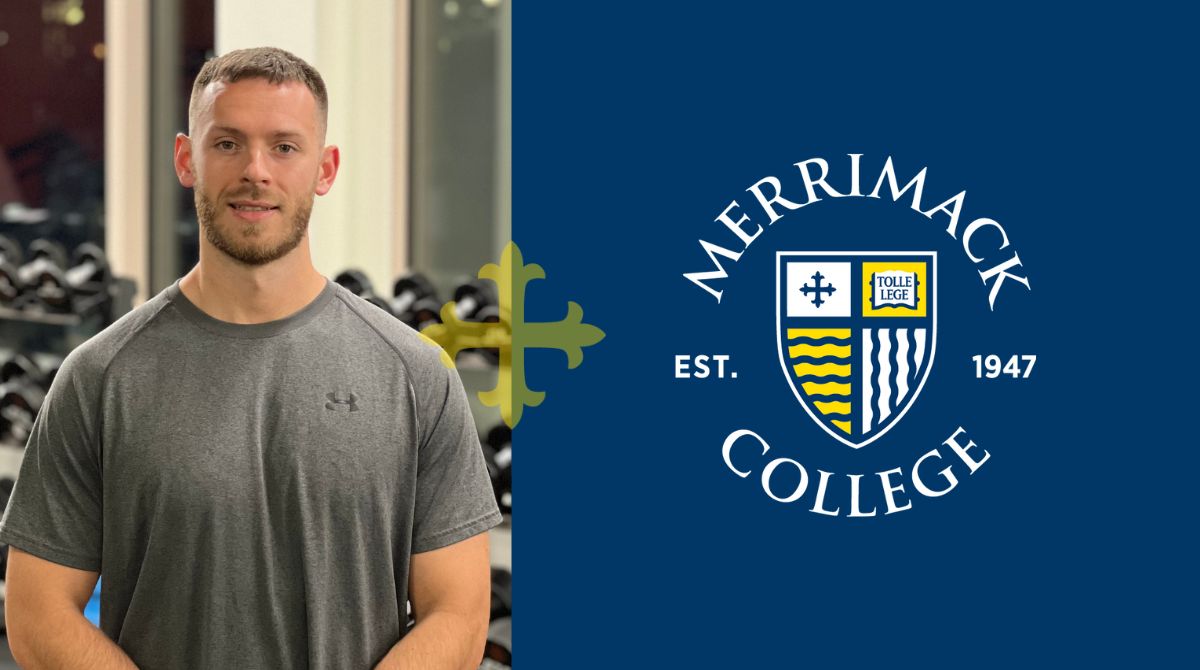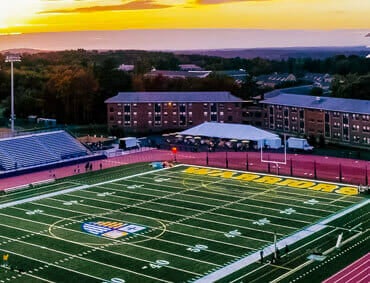Visual & Performing Arts Faculty Research
Catch up with research from the visual & performing arts department at Merrimack College.
Jonathan Latiano, M.F.A.
From an early age, I have been both captivated and unnerved by the complexity and scope of our natural world. This fascination has shaped my artistic practice, which centers around the perception of time, space, and scale, and our ability to abstractly place ourselves within the larger
universe around us. I am drawn to how our relatively short life spans affect the way we perceive time, and how the context of the present shapes how we interpret the past and predict the future. Environmentalism, ecology, and the natural sciences are a constant in my work, and fields such as geology, taxonomy, paleontology, and evolutionary biology are commonly employed as catalysts in my practice.
© Cardiovascular Diagnosis and Therapy. All rights reserved. Cardiovasc Diagn Ther 2020;10(4):1163-1166 | http://dx.doi.org/10.21037/cdt.2020.01.05
Dan Vlahos, M.F.A.
Design-oriented, after-school enrichment programs for pre-college students (aged roughly 16 to 18 years), which are also known as out-of-school or after-school programs in the U.S., often address or attempt to address issues around justice and empowerment[a] in underserved and urban[b] communities. Such was the case with Youth Design, a non-profit out-of-school program that, for fourteen years (2003–2017), served public high school students in urban settings in Boston, Massachusetts (U.S.A.).
Although the program served hundreds of Boston-area youths in this age group (or “Youth Designers,” as they were referred to by those who managed and operated this program), the workings of this organization have not been well-documented in peer-reviewed design research literature. While design-based enrichment programs embedded within more established organizations and institutions have made inroads into sharing research and best practices,[c] “grassroots”[d] organizations such as Youth Designare often born out of the personal passion and dedication of activists and community leaders who found and sustain them in an effort to positively augment the learning experiences of students in this age group living in urban settings, or in direct response to a specifically expressed community need or social crisis.

